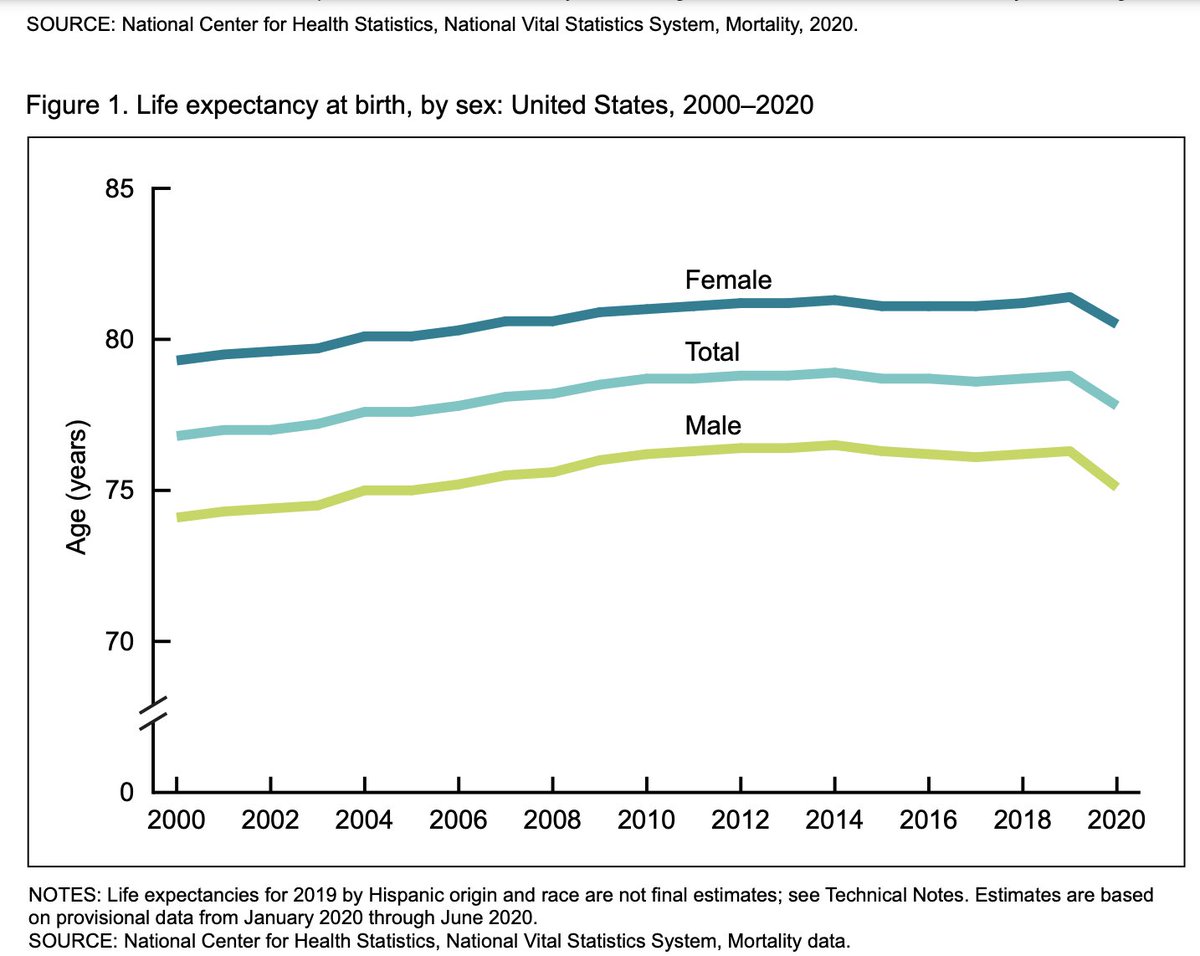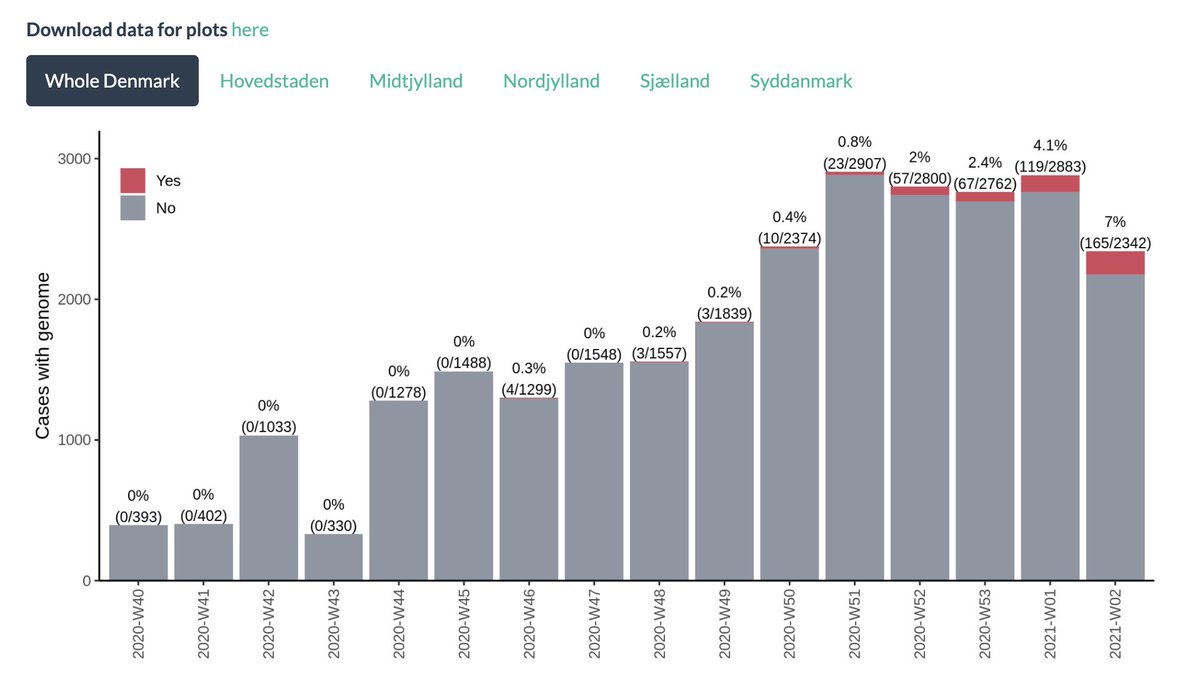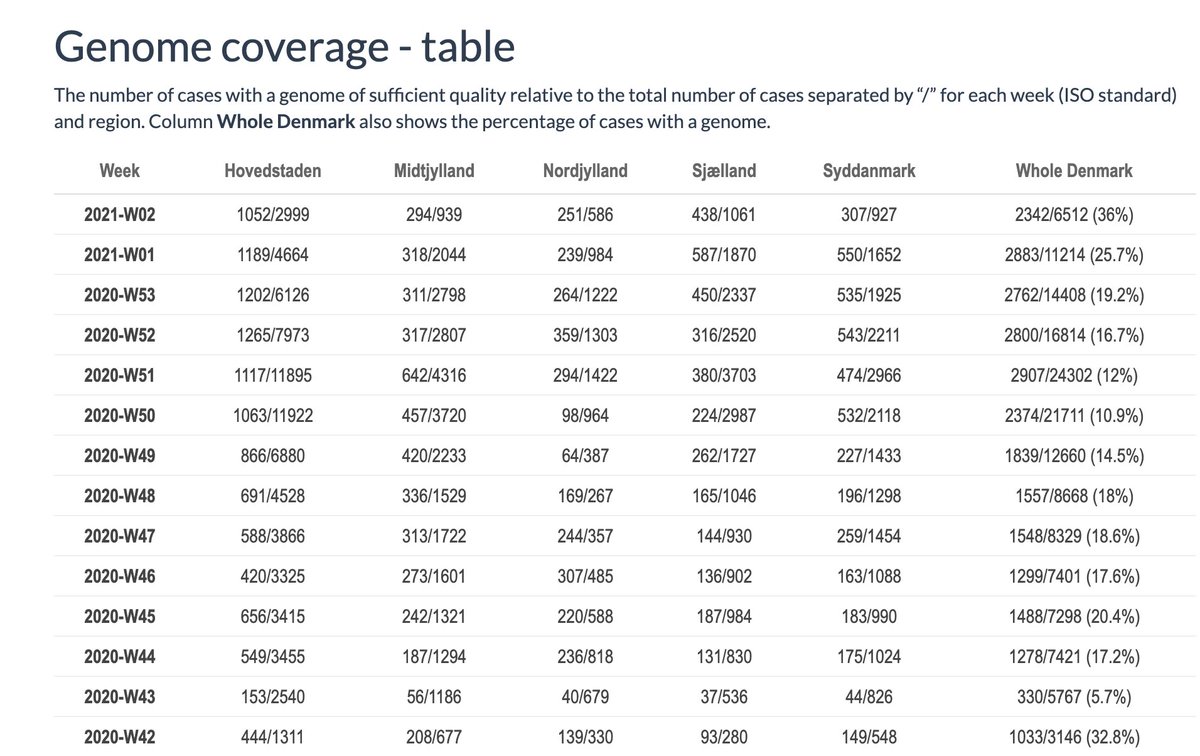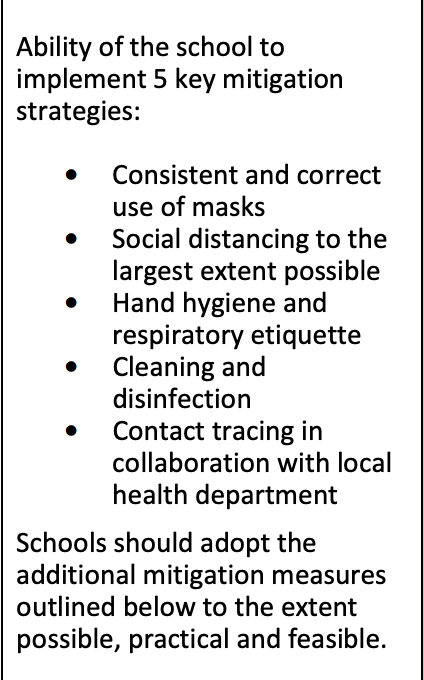
1/ It took us over 6 months to have the epi studies that answered these questions.
That's one of the less recognized failures of an institution I revere, the CDC
They should have sharpened the questions, designed the studies and put dedicated epi resources behind them, quickly
That's one of the less recognized failures of an institution I revere, the CDC
They should have sharpened the questions, designed the studies and put dedicated epi resources behind them, quickly
https://twitter.com/Farzad_MD/status/1233743190068518913
2/ It took forever to do a proper serosurvey, to answer the IFR/CFR question
Understanding the primary role of asymptomatic spread was a game changer, took 6 months?
We are *still* debating kids as vectors.
Do we really know if vomiting indicates COVID?
Understanding the primary role of asymptomatic spread was a game changer, took 6 months?
We are *still* debating kids as vectors.
Do we really know if vomiting indicates COVID?
3/ a few months later, we had other questions that needed answering-
Are we improving on timeliness of testing?
Are we protecting the elderly? Where? (how?)
Is IFR declining within age groups?
Where were the focused surveillance activities to answer these key questions?
Are we improving on timeliness of testing?
Are we protecting the elderly? Where? (how?)
Is IFR declining within age groups?
Where were the focused surveillance activities to answer these key questions?
4/ and let's take the key question for today- how infectious are vaccinated people?
We have virologic studies from vaccine trials.
We have mathematical modeling (Israeli experience)
Where is the epi study??
(Eg contact tracing in vaccine-dicordant households, workplaces)
We have virologic studies from vaccine trials.
We have mathematical modeling (Israeli experience)
Where is the epi study??
(Eg contact tracing in vaccine-dicordant households, workplaces)
5/ field epidemiology is one of the greatest disciplines ever created- it's informed by clinical medicine, study design, statistics, but distinct.
And the US CDC led the world in establishing the discipline and training thousands throughout the world.
What happened???
And the US CDC led the world in establishing the discipline and training thousands throughout the world.
What happened???
• • •
Missing some Tweet in this thread? You can try to
force a refresh







